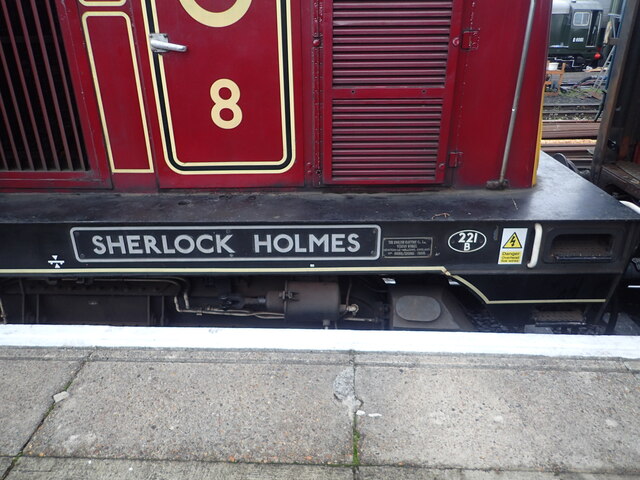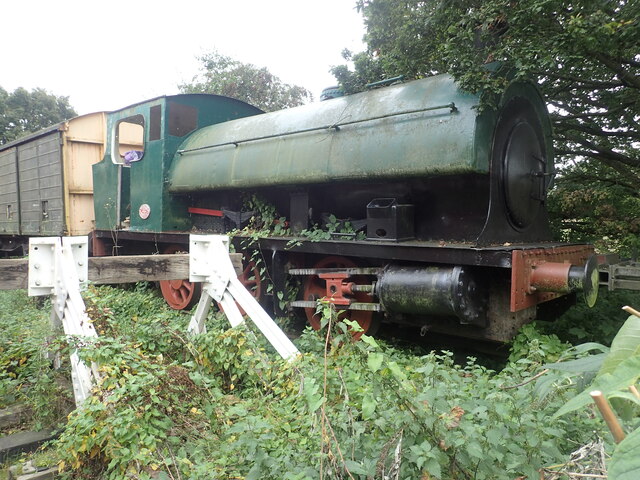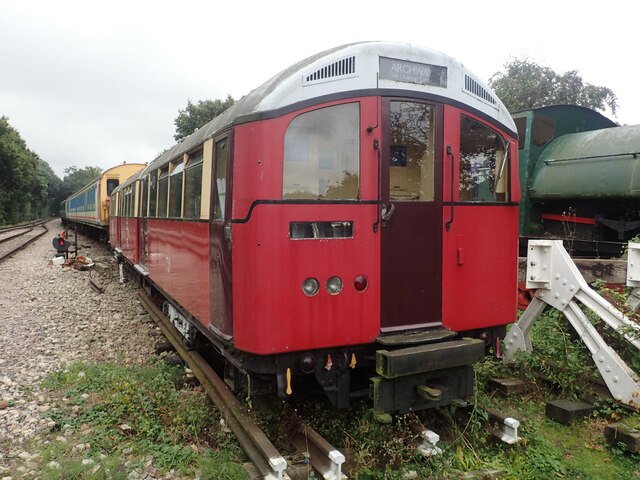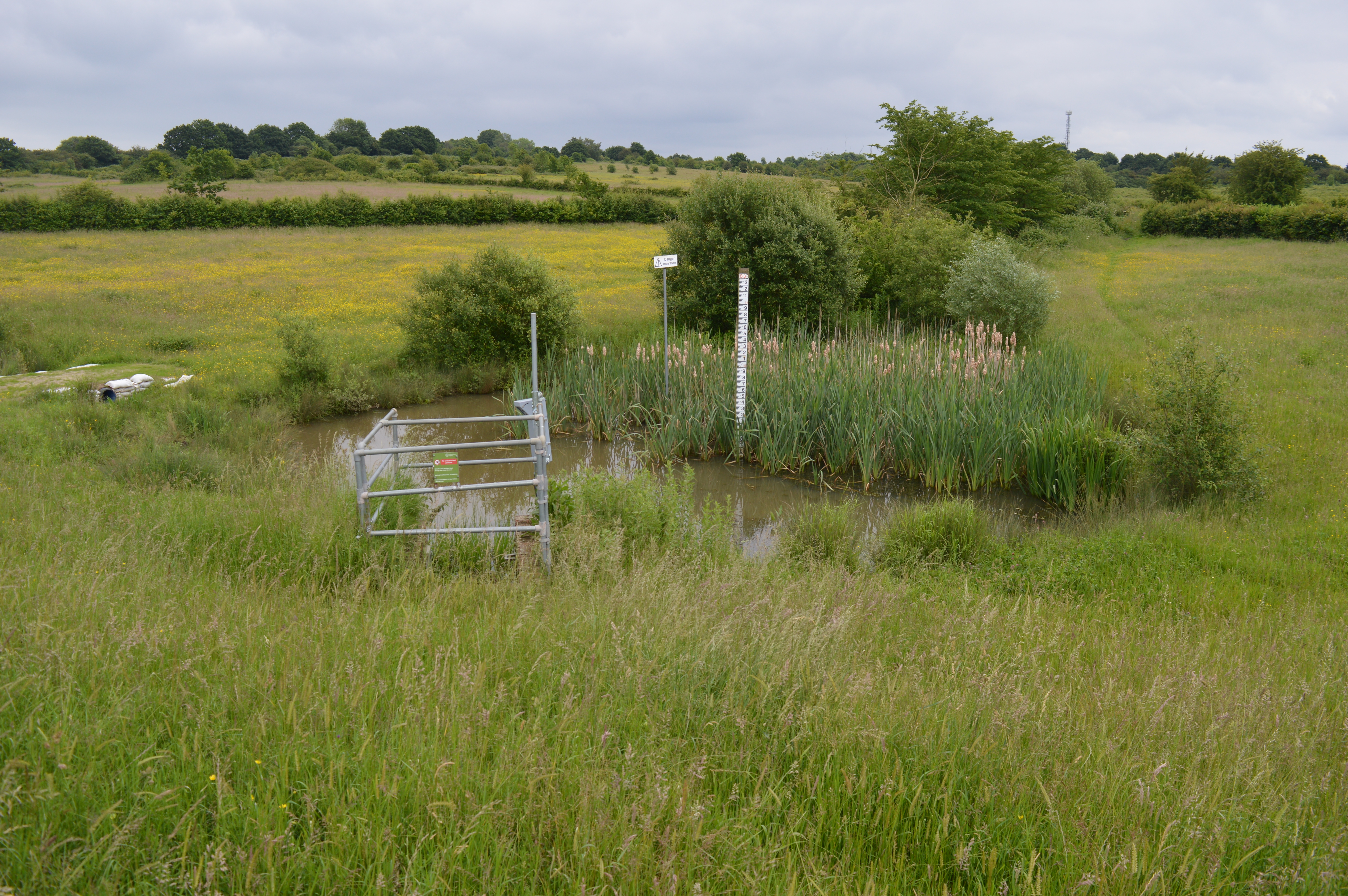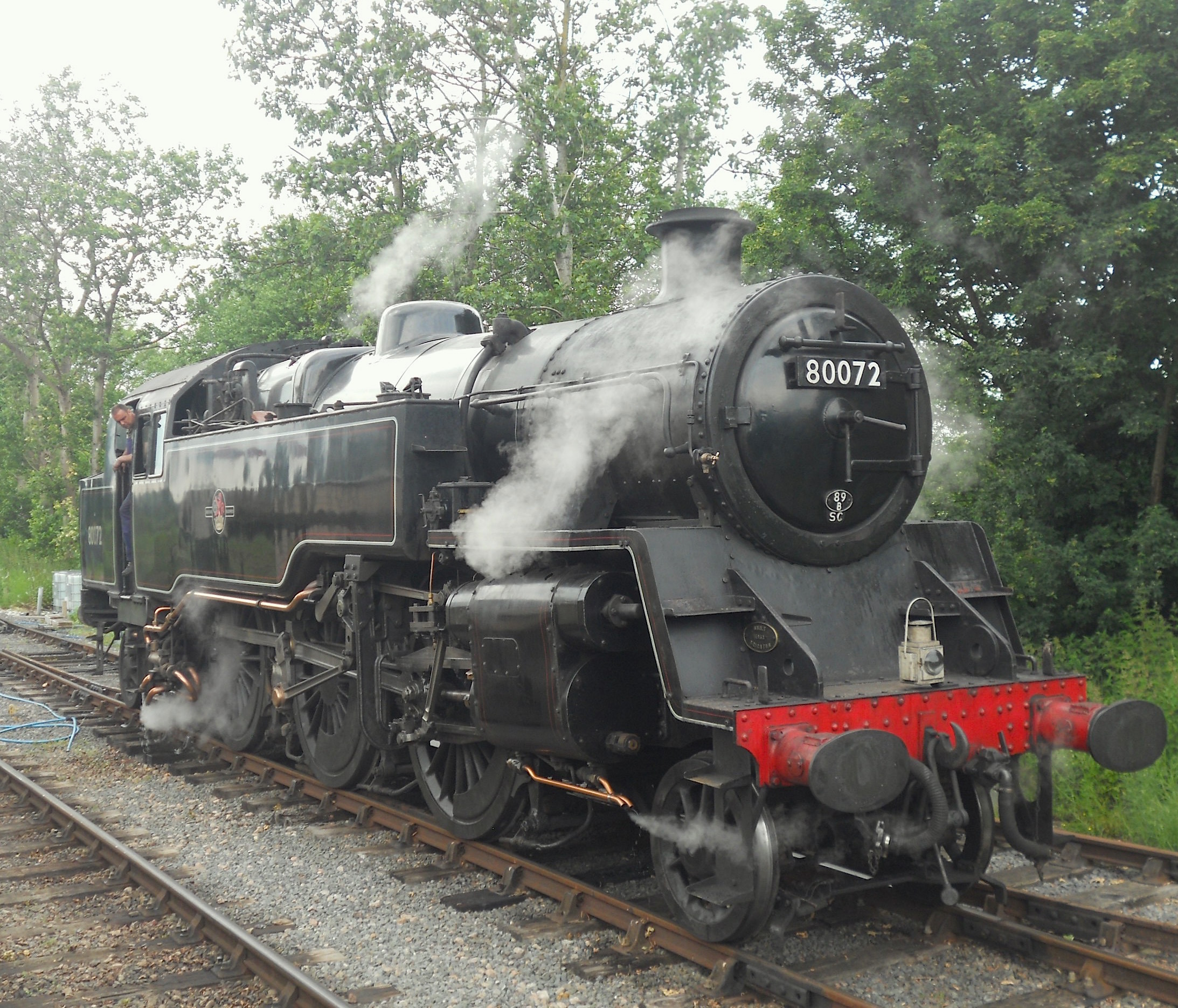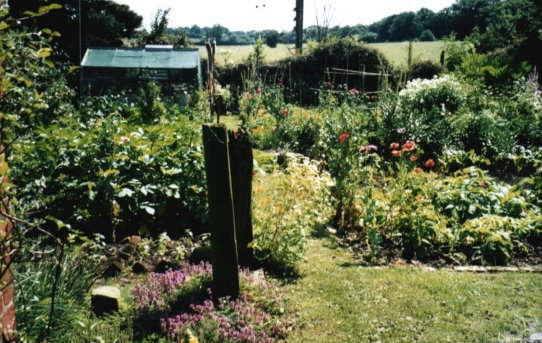Ongar Park Wood
Wood, Forest in Essex Epping Forest
England
Ongar Park Wood
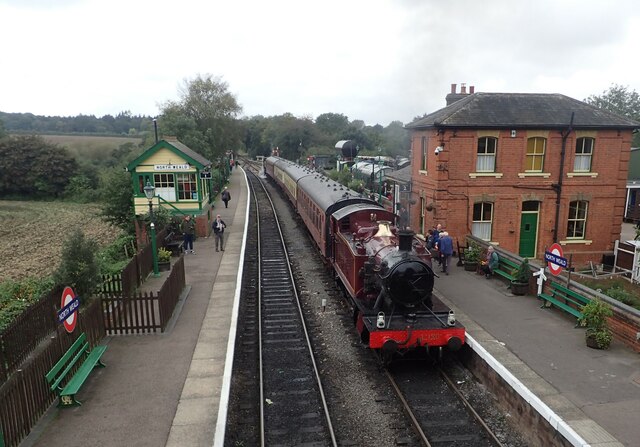
Ongar Park Wood is a beautiful woodland located in Essex, England. Covering an area of approximately 100 acres, it is a popular destination for nature enthusiasts, hikers, and wildlife photographers. The wood is situated near the town of Ongar and is easily accessible by car or on foot.
Once a part of the historic Ongar Park estate, the woodland is now owned and managed by the local council. It offers a tranquil and serene environment, making it a perfect escape from the hustle and bustle of daily life. The wood is characterized by a variety of tree species, including oak, beech, birch, and hazel, creating a diverse and picturesque landscape.
Walking through Ongar Park Wood, visitors can enjoy the sights and sounds of nature. The wood is home to a wide range of wildlife, including squirrels, foxes, deer, and a plethora of bird species. Birdwatchers will be delighted to spot woodpeckers, nuthatches, and various songbirds.
The woodland also features a network of well-maintained footpaths and trails, allowing visitors to explore its hidden corners and discover its natural treasures. It is a popular spot for outdoor activities such as jogging, dog walking, and family picnics. In addition, the wood offers several picnic areas, benches, and information boards, enhancing the visitor experience.
Ongar Park Wood is a true gem in the Essex countryside, offering a peaceful retreat for nature lovers. It provides an opportunity to connect with nature, enjoy the beauty of the woodlands, and observe the fascinating wildlife that calls it home.
If you have any feedback on the listing, please let us know in the comments section below.
Ongar Park Wood Images
Images are sourced within 2km of 51.701841/0.16721839 or Grid Reference TL4902. Thanks to Geograph Open Source API. All images are credited.

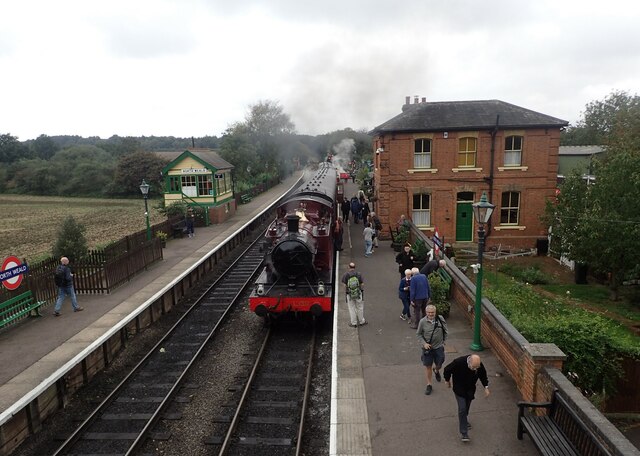
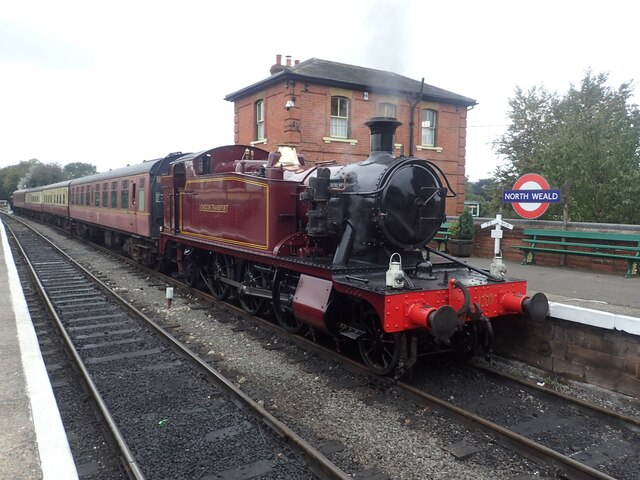
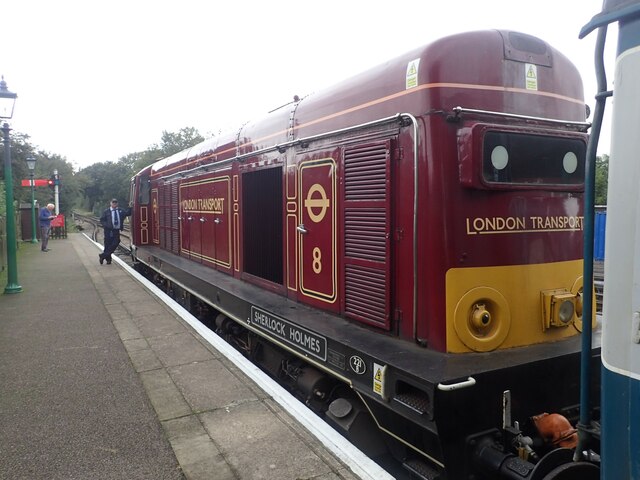
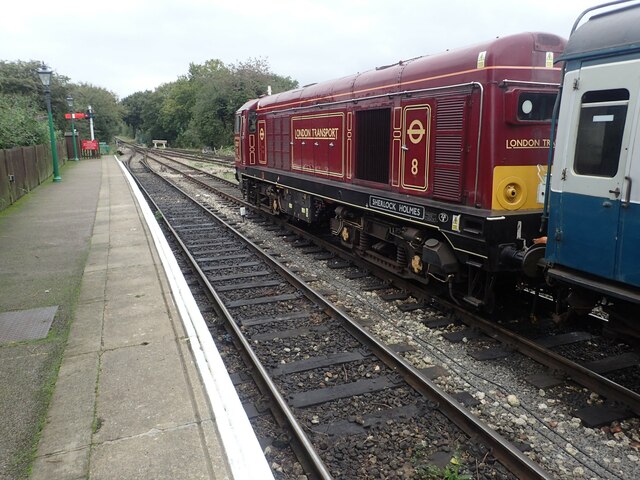
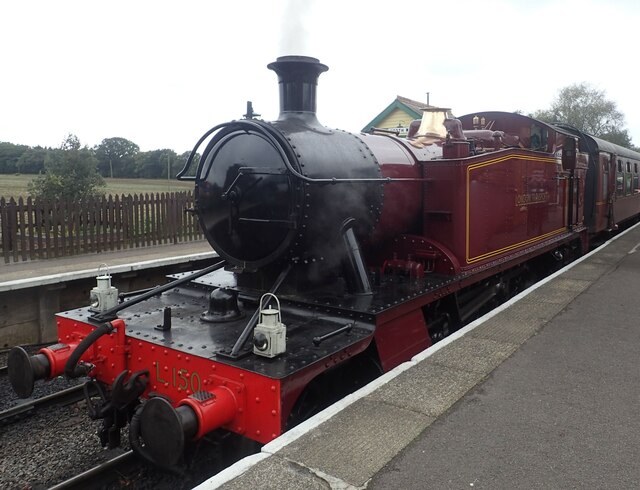
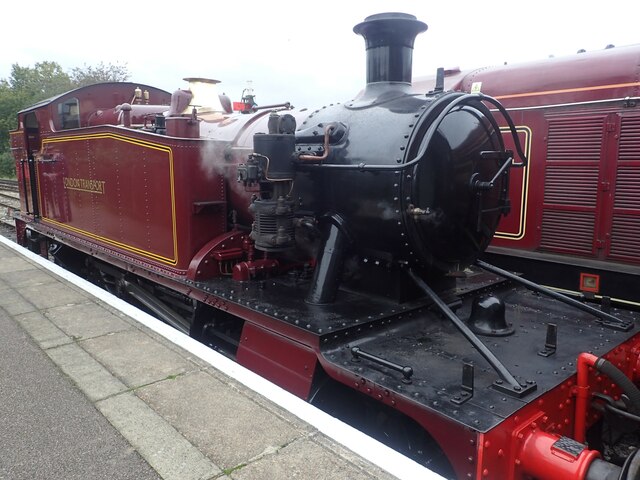
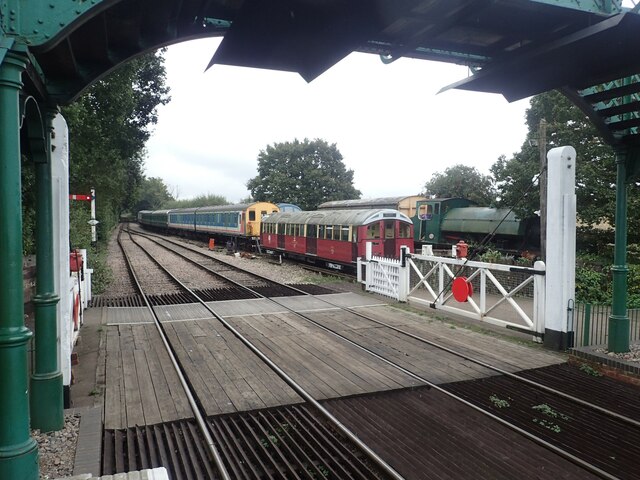
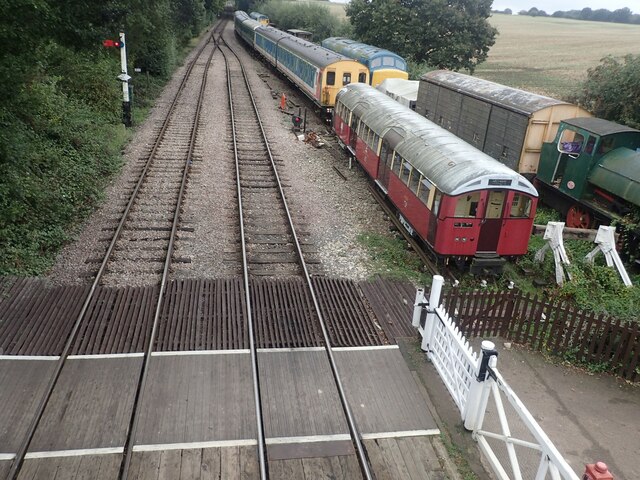
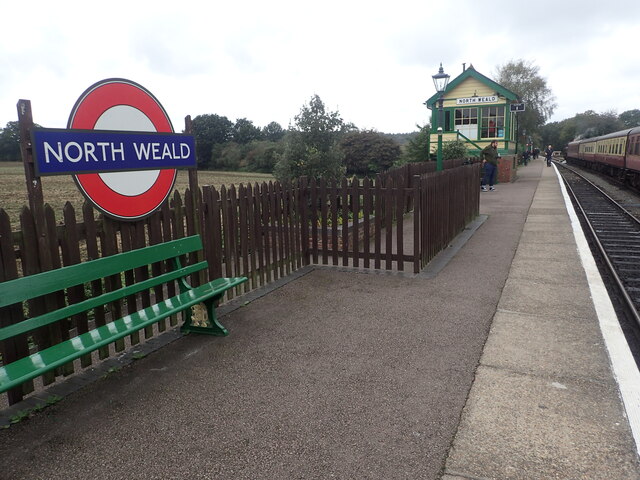
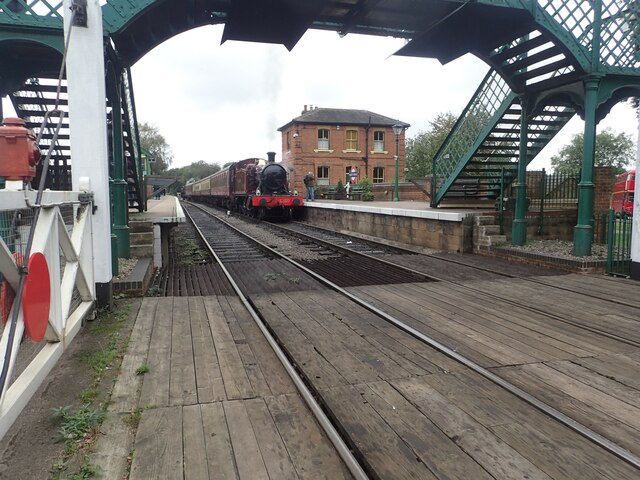
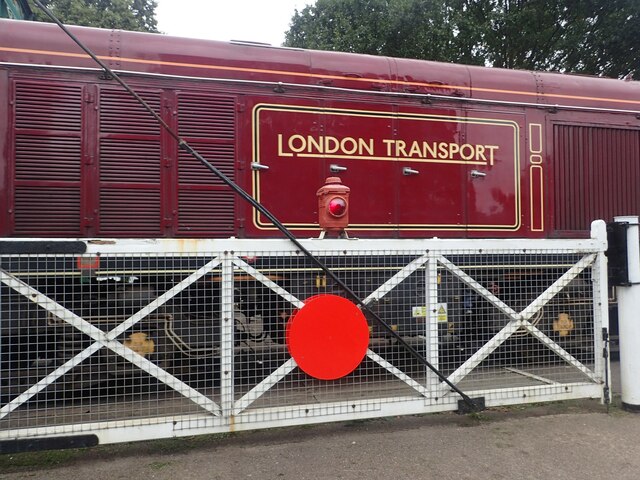
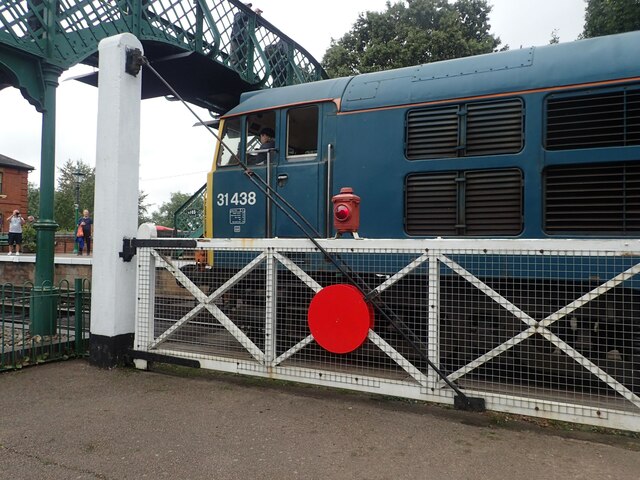
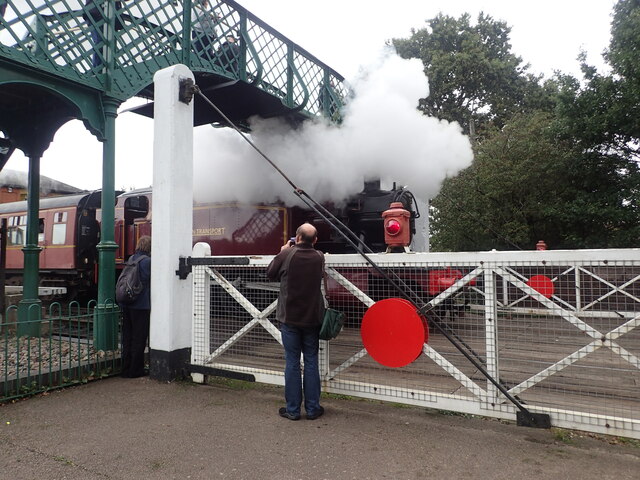
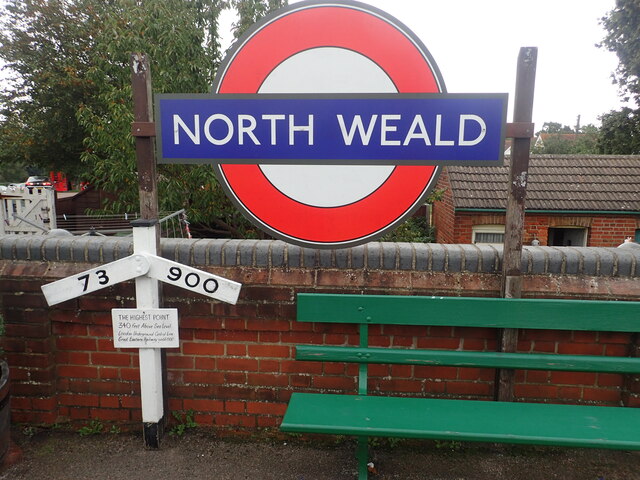
Ongar Park Wood is located at Grid Ref: TL4902 (Lat: 51.701841, Lng: 0.16721839)
Administrative County: Essex
District: Epping Forest
Police Authority: Essex
What 3 Words
///kicks.finger.chain. Near Epping, Essex
Nearby Locations
Related Wikis
Colliers Hatch
Colliers Hatch, is a hamlet in the civil parish of Stapleford Tawney in the Epping Forest district of the county of Essex, England. It is approximately...
North Weald railway station
North Weald railway station is on the Epping Ongar Railway, a heritage railway, located in North Weald, Essex. The station was opened in 1865 by the Great...
Weald Common Flood Meadows
Weald Common Flood Meadows is a 1.9 hectare Local Nature Reserve in North Weald Bassett in Essex. It is owned and managed by Epping Forest District Council...
Tawney Common
Tawney Common also known as Woodhatch, is a hamlet in the civil parish of Stapleford Tawney in the Epping Forest district of the county of Essex, England...
Roughtalley's Wood
Roughtalley's Wood is a 3.4 hectare Local Nature Reserve in Theydon Garnon parish in Essex, England. It is owned and managed by Epping Forest District...
Epping Ongar Railway
The Epping Ongar Railway is a heritage railway in south-west Essex, England, run by a small number of paid staff and a team of volunteers. It was the final...
Toot Hill, Essex
Toot Hill is a village in the Stanford Rivers civil parish in the Epping Forest district of Essex, England. It is 2.3 miles (4 km) south-west of Chipping...
Dial House, Essex
Dial House is a farm cottage situated in south-west Essex, England that has been a self-sustaining anarcho-pacifist open house since 1967. The house is...
Nearby Amenities
Located within 500m of 51.701841,0.16721839Have you been to Ongar Park Wood?
Leave your review of Ongar Park Wood below (or comments, questions and feedback).
